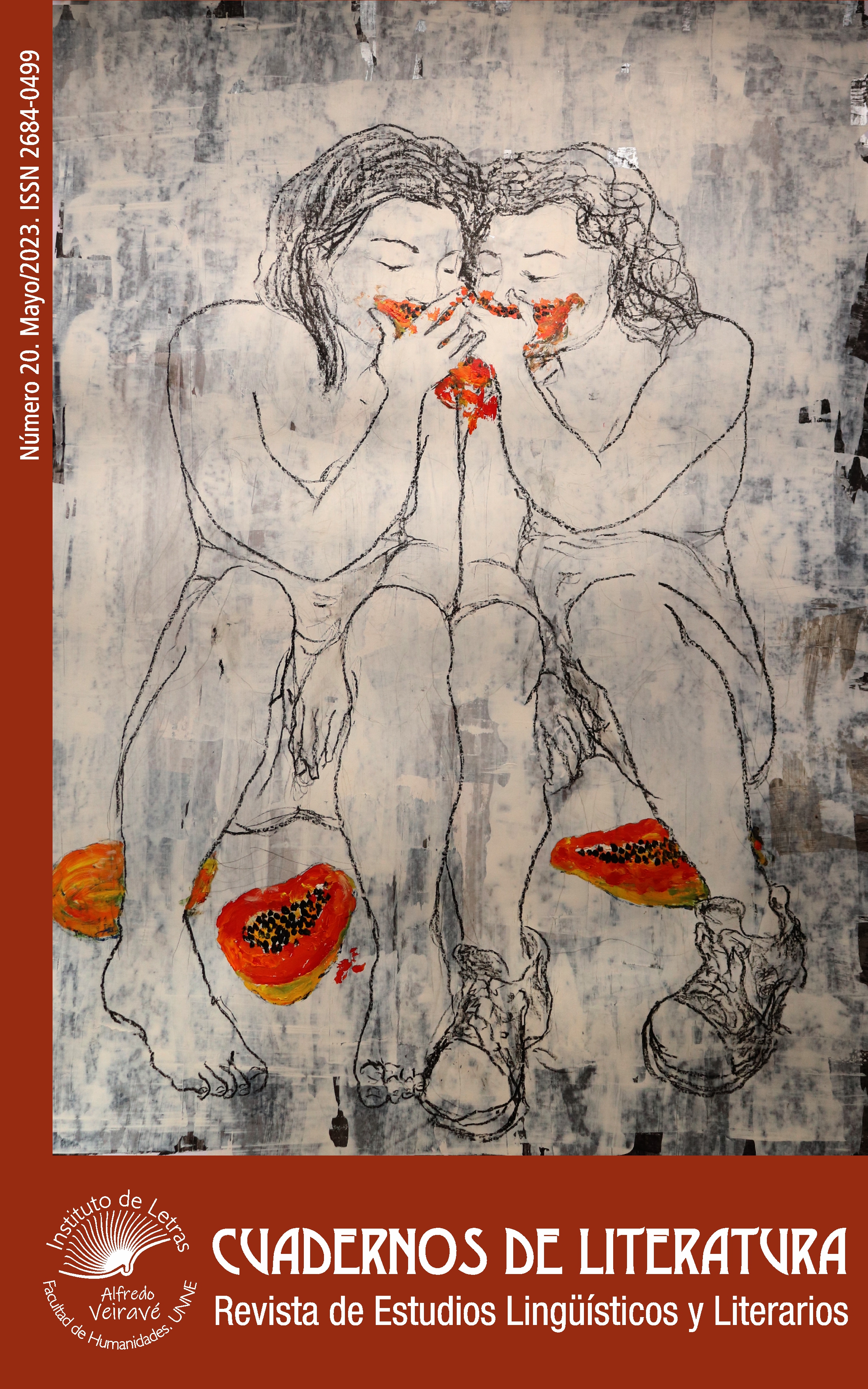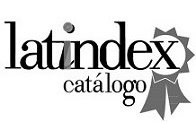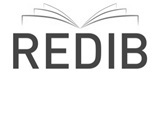The chanting becomes loud and clear: J. R. R. Tolkien’s poetry, Anglo Saxon epics and medieval liturgy on those who have fallen in battle
DOI:
https://doi.org/10.30972/clt.0206623Keywords:
Tolkien, poetry, epics, prayer, liturgy, war.Abstract
As it is well known to Tolkien’s readers, there are innumerable scenes of battles and meditation or lamentation over the fallen in his famous works (The Hobbit, The Lord of the Rings, The Silmarillion), in addition to the ghosts that populate the burial mounds and the dead warriors who return from the underworld to fulfill ancient pacts. Less popular, the dramatic piece The Homecoming of Beorhtnoth Beorhthelm's Son is set in the scene of the remains of a great massacre: the battlefield that Tída and Totta walk through, where they recognize the bodies of the fallen, recovering the one of the beloved Beorhtnoth. Although Tolkien derives these alliterative verses from the fragment of the Battle of Maldon (an eleventh-century narrative poem in Old English), it is possible to discover other textual elements that intervene in the creation of this dramatic piece. ese are, precisely, other ‘poetic fragments’ that, at first glance, have no link with the Anglo-Saxon epic verse, but rather with the universe of medieval Latin liturgy and its hymnody. In a comparative perspective, but also taking into account Tolkien’s considerations as a medievalist himself, a series of lyrical and narrative texts are observed, both modern and medieval, in which comparison can shed light on this English writer’s creative processes and, eventually, add a little note to the great literary themes of death and war.Downloads
Published
2023-05-31
How to Cite
Disalvo, S. (2023). The chanting becomes loud and clear: J. R. R. Tolkien’s poetry, Anglo Saxon epics and medieval liturgy on those who have fallen in battle. Cuadernos De Literatura, (20), e2004. https://doi.org/10.30972/clt.0206623
Issue
Section
Artículos









52.jpg)









